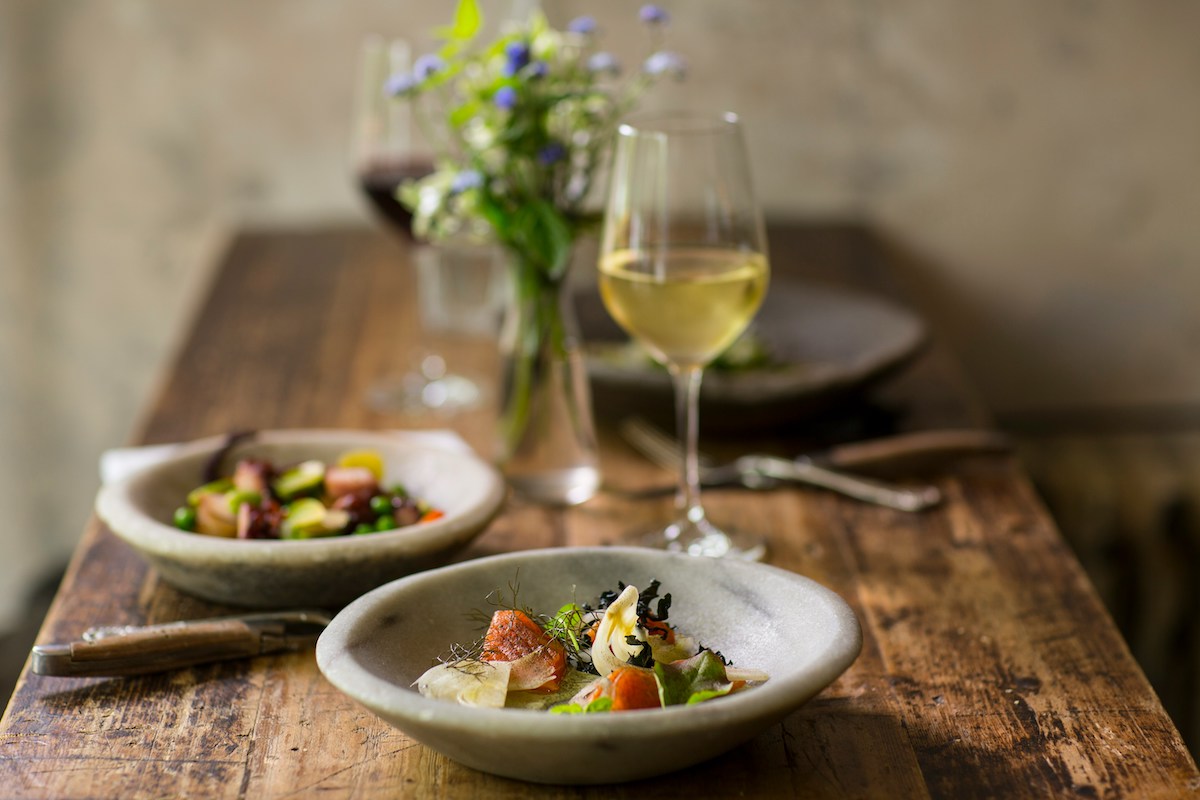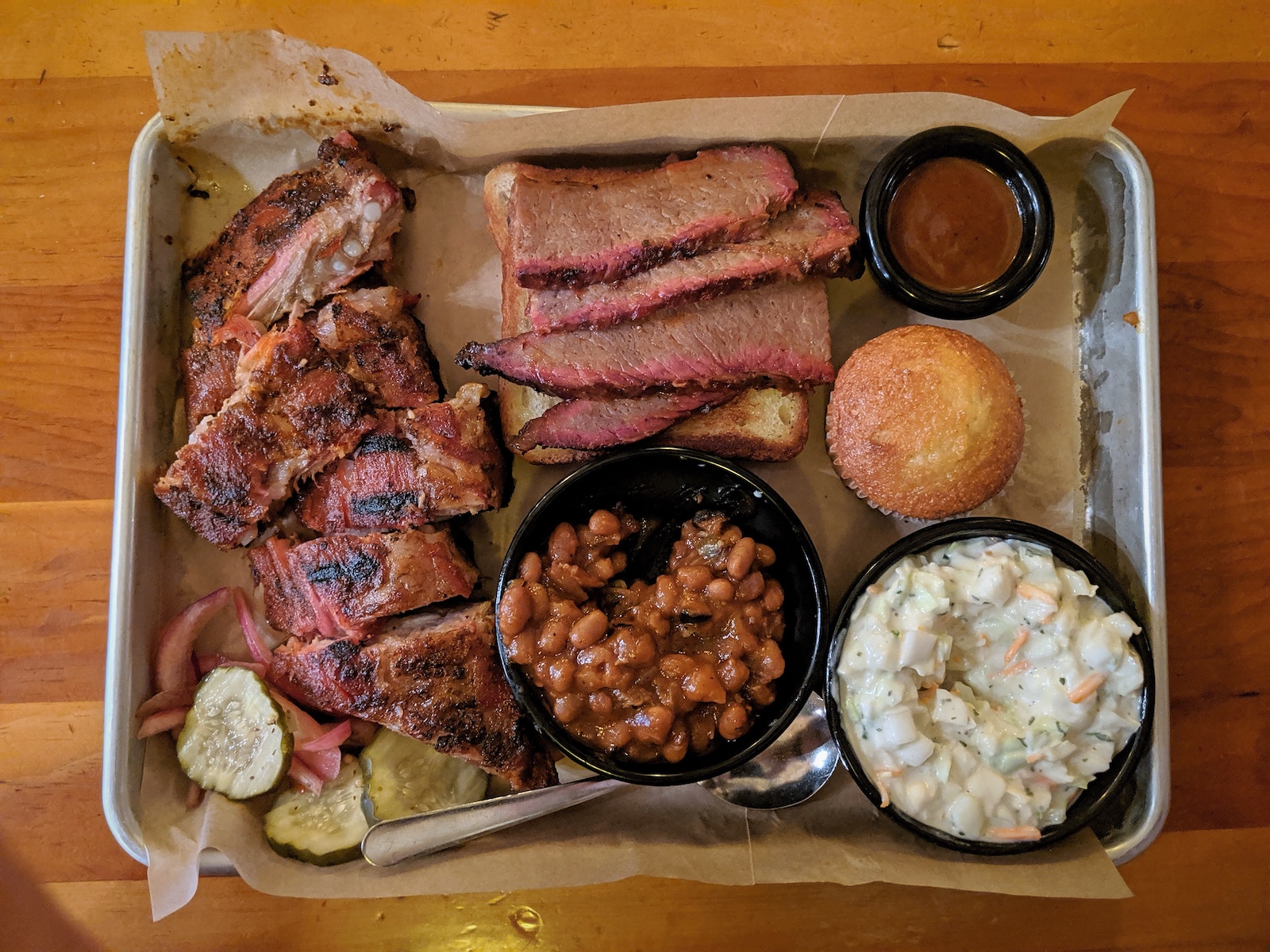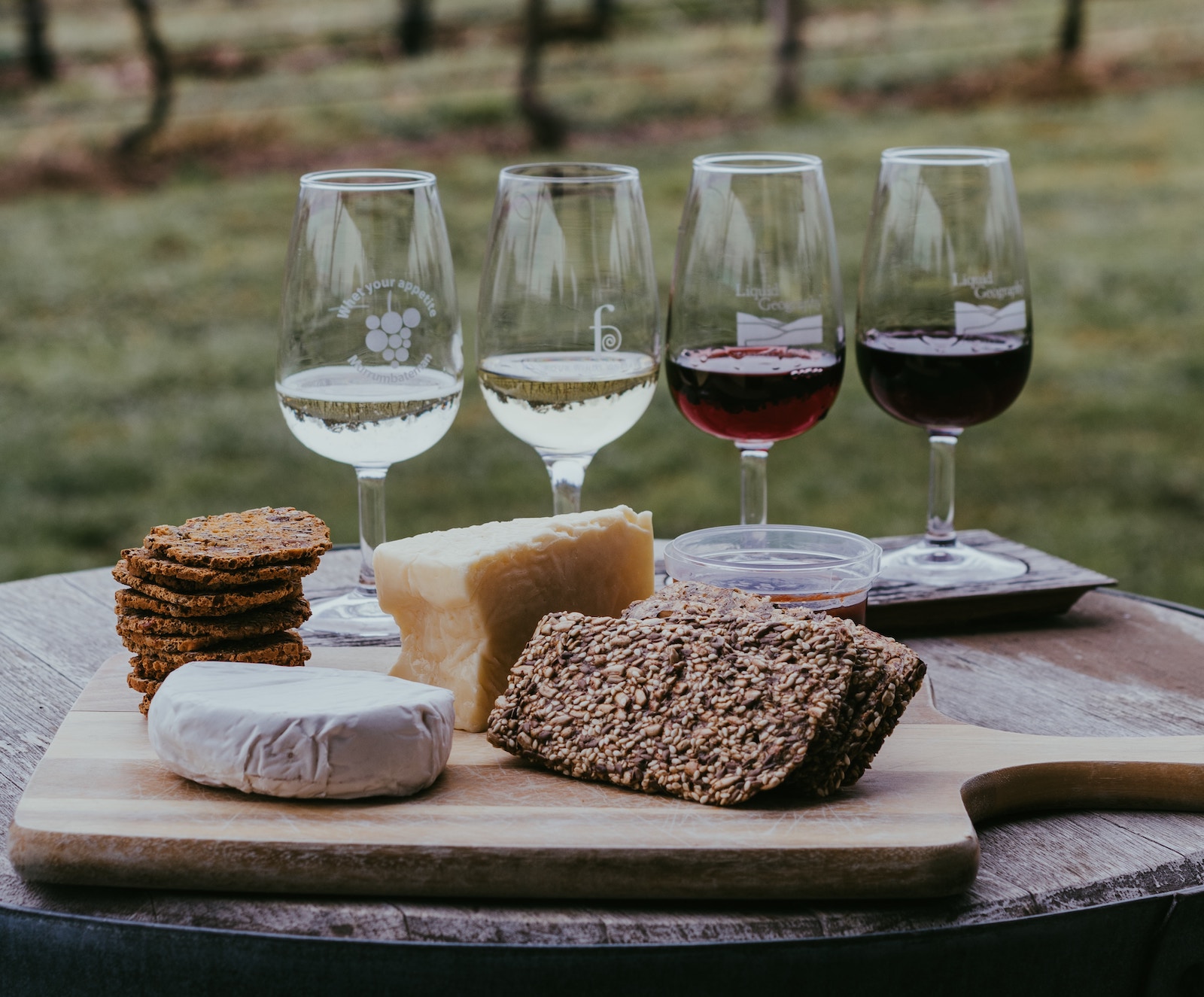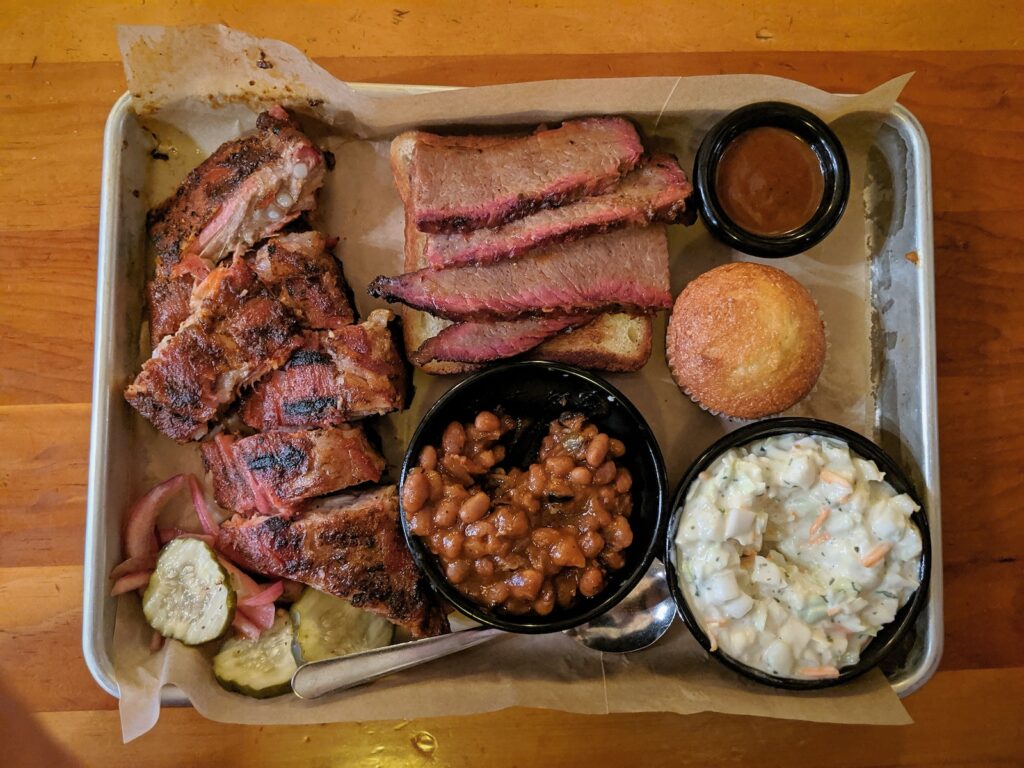
When it comes to pairing wines with food, there are many factors to consider. The flavors, textures, and spices in a dish can all affect the taste of a wine. And when it comes to pairing Texas wines with local cuisine, there are some unique considerations to keep in mind.
Texas is home to a rich culinary tradition, with influences from Mexico, the American South, and beyond. From barbecue to Tex-Mex, there are many local dishes that pair perfectly with the bold, complex flavors of Texas wines. But with so many options to choose from, it can be hard to know where to start. In this article, we’ll explore some of the best ways to pair Texas wines with local cuisine, so you can enjoy the full range of flavors that this region has to offer.
Understanding the Basics of Wine Pairing
Pairing wine with food is an art and a science. It is essential to understand the basics of wine pairing to create the perfect match between wine and food. Here are some essential factors to consider when pairing Texas wines with local cuisine:
Flavor Profile
When pairing wine with food, it is essential to consider the flavor profile of both the wine and the dish. The goal of wine pairing is to create a balance between the flavors of the wine and the food. A wine that is too strong can overpower the flavors of the dish, while a wine that is too light can be easily overshadowed.
Acidity and Tannins
Acidity and tannins are two critical components to consider when pairing wine with food. Wines with high acidity pair well with dishes that are high in fat or oil. The acidity in the wine cuts through the richness of the dish, creating a perfect balance. Tannins, on the other hand, are found in red wines and can be paired with dishes that are rich in protein and fat.
Sweeter Wines
Sweeter wines pair well with spicy or salty dishes. The sweetness in the wine helps to balance out the heat or saltiness in the dish. Sweeter wines can also be paired with desserts and cheese plates.
Richness and Bold Red Wines
Dishes that are rich and heavy pair well with bold red wines. The tannins in the wine help to cut through the richness of the dish, creating a perfect balance. Bold red wines, such as Cabernet Sauvignon or Merlot, pair well with red meats, stews, and pasta dishes.
In conclusion, pairing Texas wines with local cuisine requires a basic understanding of wine pairing. By considering the flavor profile, acidity, tannins, sweetness, richness, and boldness of both the wine and the dish, you can create the perfect match between wine and food.
Exploring Texas Wines
Texas is known for its unique and diverse cuisine, and the same can be said for its wines. The Lone Star state has a thriving wine industry that produces a wide range of grape varieties, including both European and hybrid varieties. The Texas wine industry has focused on growing grape varieties that thrive in the state’s hot and dry climate, resulting in wines that are bold, flavorful, and unique.
When it comes to Texas wines, there is something for everyone. Whether you prefer red, white, or rosé, there are plenty of options to choose from. Some of the most popular grape varieties grown in Texas include Cabernet Sauvignon, Sauvignon Blanc, Viognier, Cinsault, Merlot, Chenin Blanc, and Pinot Noir.
One of the most popular Texas wines is Tempranillo, a red wine that is known for its bold flavor and rich tannins. Texans take their wine seriously, and many local wineries have won numerous awards for their Tempranillo. Reddy Vineyards, located in the heart of the Texas High Plains AVA, is one such winery that produces exceptional Tempranillo.
In addition to Tempranillo, there are many other red wines produced in Texas that are worth exploring. Cabernet Sauvignon is a popular choice for those who prefer a full-bodied wine, while Merlot is a great option for those who prefer something a little lighter.
For white wine lovers, there are plenty of options to choose from as well. Sauvignon Blanc is a popular choice for those who prefer a crisp, refreshing wine, while Viognier is a great option for those who prefer something a little more complex.
When it comes to pairing Texas wines with local cuisine, there are a few things to keep in mind. First and foremost, it’s important to remember that there are no hard and fast rules when it comes to wine pairing. However, there are some general guidelines that can help you make the most of your wine and food pairing experience.
For example, when pairing wine with spicy foods, it’s best to choose a wine with a lower alcohol content, such as a crisp white wine or a light-bodied red wine. When pairing wine with rich, hearty dishes, it’s best to choose a full-bodied red wine that can stand up to the bold flavors of the dish.
Overall, exploring Texas wines is a great way to discover new and exciting flavors. Whether you’re a seasoned wine connoisseur or a curious beginner, there’s something for everyone to enjoy in the Lone Star state.
Pairing Texas Red Wines
When it comes to pairing Texas red wines with local cuisine, there are a few things to keep in mind. First and foremost, it’s important to consider the flavor profile of both the wine and the food. Texas red wines are known for their bold, full-bodied flavors, which can stand up to rich, smoky meats like brisket, ribs, and pork.
One important factor to consider when pairing red wine with meat is the level of tannins in the wine. Tannins are compounds found in grape skins, seeds, and stems that give red wine its characteristic bitterness and astringency. They also help to cut through the fat in meat, making them a great pairing for rich, fatty cuts like brisket.
Some of the most popular red wine varietals in Texas include Cabernet Sauvignon, Tempranillo, and Merlot. These wines are known for their bold, complex flavors and high tannin levels, making them a great match for smoky, spicy barbecue dishes.
When it comes to pairing wine with barbecue, it’s also important to consider the sauce and spices used in the dish. For example, a spicy barbecue sauce might pair well with a bold, fruity Cabernet Sauvignon, while a dish with more subtle flavors might be better suited to a lighter, fruitier Merlot.
Overall, the key to pairing Texas red wines with local cuisine is to experiment and find the combinations that work best for your palate. Whether you’re enjoying a juicy brisket or a plate of ribs, there’s sure to be a Texas red wine that will complement your meal perfectly.
Pairing Texas White Wines
When it comes to pairing Texas white wines with local cuisine, there are a few things to keep in mind. First, it’s important to consider the flavor profile of the wine and how it will complement the flavors in the dish. Second, it’s important to consider the weight of the wine and how it will balance with the weight of the food.
For chicken dishes, a Texas Viognier is a great choice. This wine is known for its floral and fruity flavors, which pair well with the mild flavor of chicken. It also has a medium body, which makes it a good match for dishes that are not too heavy.
For fish dishes, a Texas Sauvignon Blanc is a great choice. This wine has a crisp acidity and flavors of lime and green apple, which pair well with the delicate flavor of fish. It also has a light body, which makes it a good match for lighter fish dishes.
For Tex-Mex dishes like tacos and fajitas, a Texas Chenin Blanc is a great choice. This wine has a bright acidity and flavors of green apple and honey, which pair well with the bold flavors of Tex-Mex cuisine. It also has a medium body, which makes it a good match for dishes that are not too heavy.
Overall, when pairing Texas white wines with local cuisine, it’s important to consider the flavor profile and weight of the wine, as well as the flavors and weight of the food. With a little bit of knowledge and experimentation, you can find the perfect pairing to enhance your dining experience.
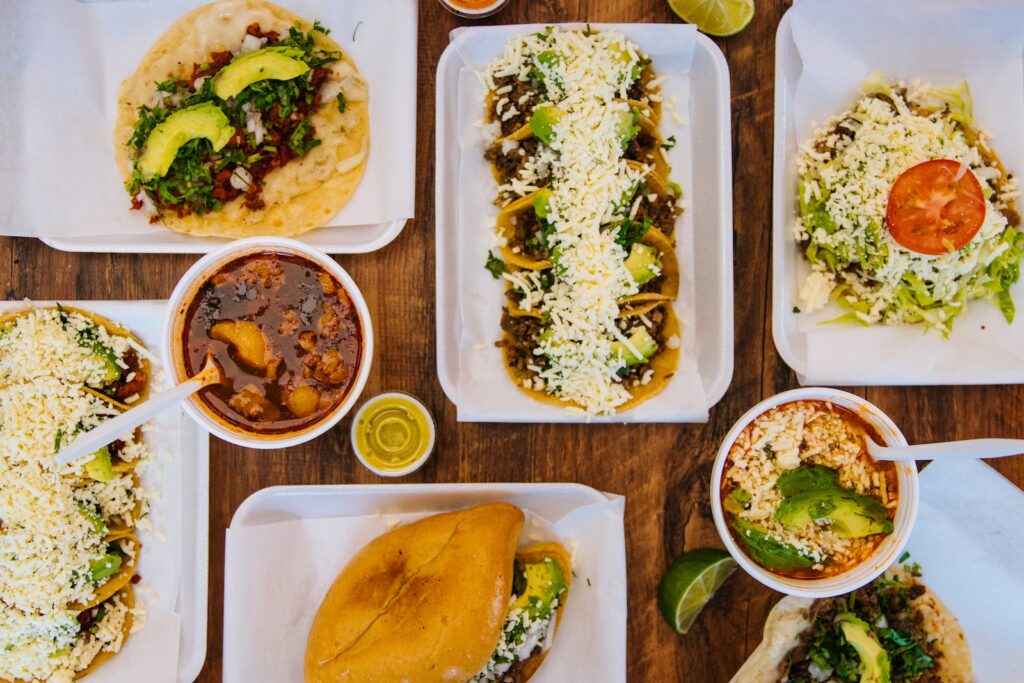
Pairing Texas Rosé Wines
Rosé wines are versatile and pair well with a variety of foods. When it comes to pairing Texas Rosé wines with local cuisine, there are several options to consider.
Flavor Profile
Texas Rosé wines are known for their bright acidity and fruity flavors. They are typically made from a blend of red grapes, which gives them their pink color. The flavor profile of Texas Rosé wines can vary depending on the grape varieties used and the winemaking techniques employed. Some common flavors found in Texas Rosé wines include:
- Strawberry
- Raspberry
- Watermelon
- Peach
- Grapefruit
Pairing with Cheese
A cheese plate is a popular appetizer in Texas cuisine, and Texas Rosé wines pair well with many types of cheese. Goat cheese and brie are two cheeses that pair particularly well with Texas Rosé wines. The bright acidity of the wine cuts through the creaminess of the cheese, while the fruity flavors complement the tanginess of the cheese.
Pairing with Olives
Olives are another popular appetizer in Texas cuisine, and they pair well with Texas Rosé wines. The saltiness of the olives is balanced by the bright acidity of the wine, while the fruity flavors of the wine complement the flavors of the olives.
Other Pairing Options
In addition to cheese and olives, Texas Rosé wines pair well with a variety of other foods, including:
- Grilled seafood
- Spicy dishes
- Salads
- Charcuterie
When pairing Texas Rosé wines with food, it’s important to consider the flavors of both the wine and the food. Look for complementary flavors that will enhance the overall dining experience.
In conclusion, Texas Rosé wines are a versatile option for pairing with local cuisine. With their bright acidity and fruity flavors, they pair well with a variety of foods, including cheese plates, olives, and grilled seafood. When pairing Texas Rosé wines with food, look for complementary flavors that will enhance the overall dining experience.
Pairing Texas Dessert Wines
When it comes to pairing Texas dessert wines, there are a few things to keep in mind. First and foremost, you want to make sure that the wine is sweet enough to complement the dessert. Look for wines with a high sugar content, which will help balance out the sweetness of the dessert.
Another important factor to consider is the richness of the wine. A rich dessert wine can stand up to bold flavors and textures, while a lighter wine may get lost in the mix.
One great option for pairing with chocolate desserts is a Port-style wine. These wines are typically very sweet and have a rich, full-bodied flavor that can hold its own against the intensity of chocolate. Try pairing a Port-style wine with a flourless chocolate cake or a chocolate truffle for a decadent dessert experience.
For fruity desserts, consider a Muscat or Riesling. These wines are known for their sweetness and can complement the fruit flavors in the dessert. A Muscat can be particularly nice with a fruit tart or a berry sorbet.
Finally, don’t be afraid to experiment and try new things. Wine pairing is subjective, and what works for one person may not work for another. Trust your taste buds and have fun exploring the world of Texas dessert wines.
Pairing Texas Wines with Local Barbecue
When it comes to pairing Texas wines with local barbecue, there are a few things to keep in mind. First, consider the type of meat you’ll be serving. Brisket, ribs, and pork all have different flavors and textures that can be complemented by different types of wine.
For example, if you’re serving brisket, you might want to consider a red wine with bold tannins to stand up to the rich, smoky flavors of the meat. A Texas Tempranillo or a Cabernet Sauvignon could be a great choice. On the other hand, if you’re serving ribs or pork, a lighter-bodied red or even a white wine could be a better option.
When it comes to sauce and spices, keep in mind that bold, spicy flavors can be balanced out by wines with higher acidity. A dry rosé or a white wine with crisp acidity could be a great choice to cut through the heat of a spicy barbecue sauce.
Overall, when pairing Texas wines with local barbecue, it’s important to consider the flavors and textures of the meat, as well as the flavors of any sauces or spices used. Don’t be afraid to experiment with different wine pairings to find the perfect match for your next barbecue.
Pairing Texas Wines with Tex-Mex Cuisine
When it comes to pairing Texas wines with Tex-Mex cuisine, there are a few things to keep in mind. Tex-Mex cuisine is known for its bold and spicy flavors, which can make it a challenge to find the perfect wine pairing. However, there are certain Texas wines that tend to pair well with Tex-Mex dishes.
Red Wine Pairings
Red wines with bold flavors and high tannins can complement the bold flavors of Tex-Mex cuisine. For example, a Cabernet Sauvignon or a Tempranillo can pair well with beef fajitas or carne asada. These wines have bold flavors that can stand up to the spices and smokiness of the meat.
White Wine Pairings
White wines can also be a great option for pairing with Tex-Mex cuisine. A crisp and refreshing white wine like a Sauvignon Blanc or a Chenin Blanc can pair well with dishes like fish tacos or shrimp fajitas. These wines have bright citrus notes that can complement the lime and cilantro flavors in these dishes.
Rosé Pairings
Rosé wines can also be a great option for pairing with Tex-Mex cuisine. A dry rosé with bright fruit flavors can pair well with spicy dishes like chicken enchiladas or pork tamales. These wines have enough acidity to cut through the spices and complement the flavors of the dish.
Other Considerations
When pairing Texas wines with Tex-Mex cuisine, it’s important to consider the spices and flavors in the dish. For example, if a dish has a lot of cumin or chili powder, a bold red wine may be a better option than a white wine. Similarly, if a dish has a lot of lime or citrus flavors, a crisp white wine may be a better choice.
In summary, when it comes to pairing Texas wines with Tex-Mex cuisine, there are a variety of options to choose from. Whether you prefer red, white, or rosé, there is a Texas wine that can complement the bold and spicy flavors of Tex-Mex dishes.

Pairing Texas Wines with Traditional Texas Meals
Pairing Texas wines with traditional Texas meals can be a fun and rewarding experience. With a variety of wines available in the state, you can easily find one that complements your favorite dish. Here are some tips to help you get started:
Red Wine with Meats
Red wine is a great choice to pair with meats, such as prime rib or steak. A bold red wine like a Cabernet Sauvignon or a Merlot can stand up to the rich flavors of these meats. If you prefer a lighter red wine, try a Pinot Noir.
White Wine with Chicken and Fish
White wine is a perfect match for chicken and fish dishes. A Chardonnay or Sauvignon Blanc pairs well with grilled or baked chicken, while a crisp Pinot Grigio or a dry Riesling complements fish dishes.
Rosé with Texas Cuisine
Rosé is a versatile wine that pairs well with many Texas dishes. It’s a great choice for spicy foods like Tex-Mex or barbecue. A dry rosé can balance the heat of the spices and enhance the flavors of the dish.
Pairing with Mashed Potatoes
Mashed potatoes are a staple of Texas cuisine, and they pair well with both red and white wines. A Chardonnay or a Pinot Noir can complement the creamy texture of the potatoes and enhance their buttery flavor.
In summary, pairing Texas wines with traditional Texas meals can be a fun and rewarding experience. Whether you prefer red, white, or rosé, there’s a wine that can enhance the flavors of your favorite dish. Remember to experiment with different wines and dishes to find the perfect pairing for your taste buds.
Enhancing Your Dining Experience with Texas Wines
In conclusion, pairing Texas wines with local cuisine can enhance your dining experience and bring out the best flavors in both the food and wine. With so many excellent wines produced in the state, there is sure to be a perfect pairing for any dish you choose.
When considering wine pairings, it’s important to think about the flavors of both the food and the wine. Look for complementary or contrasting flavors that will bring out the best in both. For example, a bold red wine like a Cabernet Sauvignon pairs well with a rich, savory steak, while a crisp white wine like a Sauvignon Blanc complements lighter dishes like seafood or salads.
Austin is a great place to explore Texas wines and food pairings, with many local restaurants and wine bars offering a wide variety of options. Don’t be afraid to ask for recommendations or try something new – experimenting with different pairings can lead to some surprising and delicious results.
Overall, Texas wines are a great choice for any meal, whether you’re enjoying a casual night in or a fancy dinner out. With their unique flavors and high quality, they are sure to impress any wine lover. So next time you’re planning a meal, consider adding a bottle of Texas wine to the menu – you won’t be disappointed.

